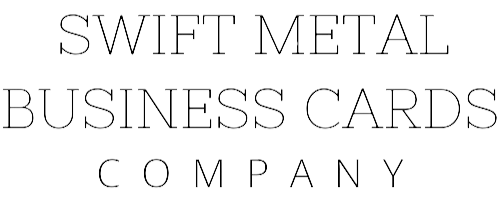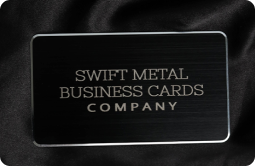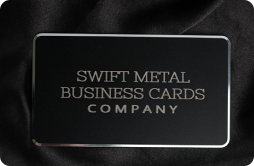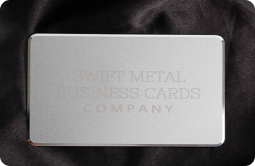Metal Business Cards vs. Paper Cards: Which is Right for You?
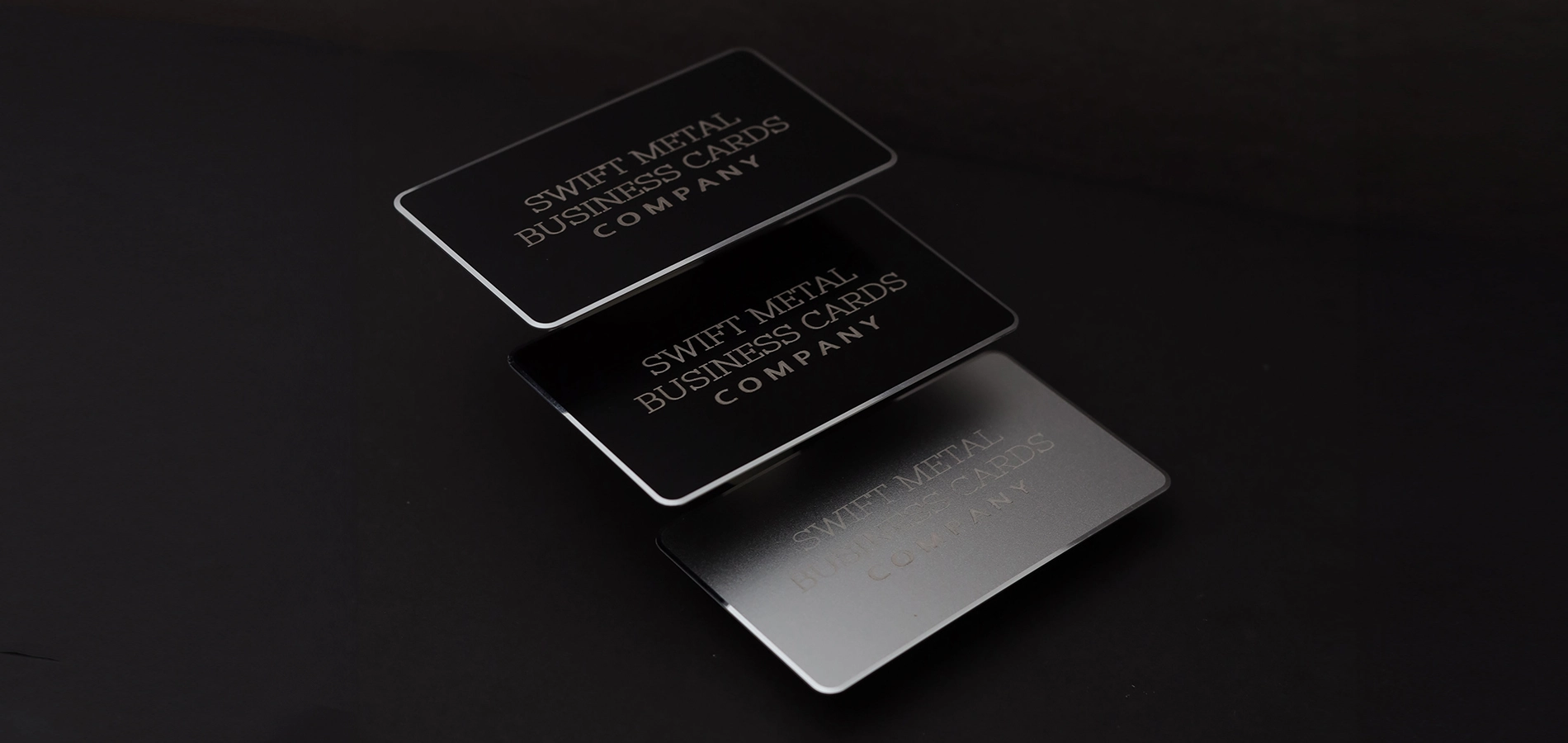
In todays competitive world, making a lasting first impression can be the difference between gaining a new client and being forgotten. One of the most straightforward yet significant tools at your disposal is your business card. Today, we’re comparing metal business cards and paper cards to help you decide which one aligns best with your needs.
1. Retention Rate
Metal Business Cards
Pros: Metal business cards are far less likely to be discarded. Their unique material and noticeable weight make them stand out, prompting recipients to hold onto them longer.
Cons: Paper cards, on the other hand, are often seen and tossed away without a second thought. Their abundance makes them less memorable.
2. First Impressions
Metal Business Cards
Pros: Metal cards exude professionalism and luxury. They leave a powerful impression immediately, suggesting that you value quality and attention to detail. Swift Metal Business Cards have received rave reviews for their ability to impress clients right from the first handshake.
Paper Cards
Cons: While a well-designed paper card can still make a positive impact, it lacks the unique factor that metal cards bring to the table.
3. Durability
Metal Business Cards
Pros: Metal cards are built to last. They withstand daily wear and tear, water, and general environmental factors much better than their paper counterparts. This durability ensures that your contact information remains intact and legible for years.
Paper Cards
Cons: Even the highest quality paper cards can easily bend, tear, or get stained, which could result in your contact details becoming unreadable over time.
4. Design Versatility
Metal Business Cards
Pros: Metal cards offer a unique canvas for creative designs. You can incorporate unique elements like engravings, and different metal finishes (e.g., brushed aluminum or matte black) that paper simply can’t mimic.
Paper Cards
Pros: Paper cards, although less durable, can offer a wide range of design options, including various textures, colors, and finishes. However, they can’t match the tactile and visual appeal of metal.
5. Cost
Metal Business Cards
Cons: The initial investment for metal business cards is significantly higher than for paper cards. A single metal card can cost anywhere from $1.30 – $4, depending on customization, whereas paper cards generally range from $0.10 to $0.50 each.
Paper Cards
Pros: If you’re looking to save on initial costs, paper cards are the way to go. They allow for bulk purchasing at a fraction of the cost of metal cards.
6. Perceived Value
Metal Business Cards
Pros: The perceived value of a metal business card is much higher. Clients often associate metal cards with premium service and high quality. This perceived value can translate into a greater willingness to engage with you as a professional.
Paper Cards
Cons: While effective and economical, paper cards do not command the same level of awe and respect as metal cards.
Conclusion
Specific Recommendations
Metal business cards are the superior choice. Yes, they come with a higher initial cost, but the long-term benefits—improved retention rates, durability, and strong first impressions—make them a worthwhile investment.
Ready to elevate your networking game? Consider investing in Swift Metal Business Cards and see the difference for yourself. Your clients will thank you for the extra touch of sophistication.
By carefully considering your business goals and client interactions, you can choose the card that best fits your needs. Whatever you decide, remember that your business card is more than just contact information—it’s a representation of your brand and the quality of service you provide.
